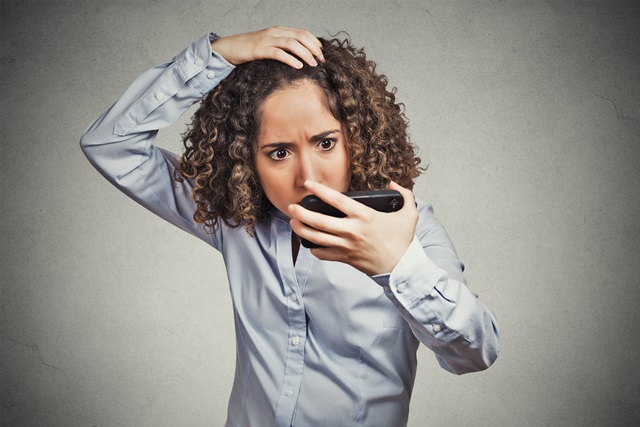While much more common in men, women also suffer from receding hairlines. There are many causes for receding hairlines in women, ranging from overuse of harsh chemicals, hormonal imbalances, styling practices which place undue stress on your hair follicles and health challenges. Often in women, a receding hairline is coupled with thinning hair in the back and on the sides. This type of hair loss can cause a great deal of distress with the women facing this challenge. Fortunately, though, there are effective solutions available today to slow, stop, or even reverse hair loss. Following, we’ll explore some of those solutions.
1. Getting To The Root Of The Problem
As it is to any challenge, deciphering the cause of the problem is the first step to establishing an effective plan to deal with the cause of the problem. Medical challenges can wreak havoc on the hair; thus, for individuals who have noticed physical changes or are, perhaps, taking a new prescription, scheduling an appointment with the doctor’s office may help in identifying causes. Although some challenges which cause hair loss can be serious, sometimes, the problem is a simple hormonal imbalance. But medical problems are not the only cause for hair loss.
Sometimes, keeping up that trendy hairstyle can put serious strain on your hair and its follicles. Heat styling and harsh chemical treatments can cause tremendous damage to your hair. Further, hair pieces and hair extensions are incredibly popular, but the tension sometimes required to achieve that glamorous look puts a great deal of strain on the hair, causing it to come out.
The simple solution for non-medical root causes are simple: Stop the styling practices that are putting excess stress on the hair. If wearing weaves, cornrows, or extensions has caused a receding hairline, wear your hair differently for a while to give your hair time to recover. Side-swept bangs or a side part are often flattering ways to conceal the problem. However, your professional hair stylist can suggest a style that’s right for you.
2. Hormone Imbalances May Be Linked To The Thyroid
According to a 2012 article in Prevention Magazine, about 30 million Americans suffer from a thyroid disorder, and about 10 million of those suffering from a thyroid imbalance have not yet been diagnosed. Thyroid imbalances (i.e., overactive or underactive thyroid) are often difficult to recognize. However, mood swings, significant weight loss or gains, insomnia, fatigue and changes in the skin or hair are all symptoms of thyroid challenges. A doctor can often schedule appropriate testing and, if a challenge is detected, hormone balancing treatments such as levothyroxine can be prescribed.
3. Oral Contraceptives Can Contribute To Hormonal Imbalances
If thyroid challenges have been ruled out, oral contraceptives could be contributing to your receding hairline. According to the American Hair Loss Association, oral contraceptives suppress ovulation by the combined actions of the hormones estrogen and progestin or in some cases progestin alone. Women who are predisposed to hormone related hair loss or who are hypersensitive to the hormonal changes taking place in their bodies can experience hair loss to varying degrees while on the pill, or more commonly, several weeks or months after stopping the pill.” The AHLA recommends that women who are genetically predisposed to hair loss utilize other non-hormonal form of contraception.
4. Nutrition, Nutrition, Nutrition
Women who take on a new weight-loss diet can sometimes experience hair loss. Protein is a very important building block for the hair, and getting too little protein in your diet can lead to thinning hair and hair loss. Ingesting excessive amounts of Vitamin A supplements can trigger hair loss (the recommended daily value of Vitamin A is 5,000 international units per day for adults and children over the age of four).
5. Treatments
Frontal fibrosing alopecia (FFA) often affects postmenopausal women, causing them to lose up to five inches of hair, from the hairline to the crown. Inflammation is thought to be the cause of FFA, and treatment options include hormone therapy and steroid injections. Minoxidil, which is FDA-approved and commonly sold under the brand name Rogaine, has also been proven an effective solution for female pattern hair loss.
6. High-Quality Hair Products
Regardless of the treatment options selected, using high-quality (preferably professional strength) products is critical for strengthening and conditioning the hair. Seek out products designed to help those with fine or thinning hair.
By diagnosing the cause of the hair loss problem, making small but manageable changes, and undergoing effective treatment, receding hairlines can be slowed, stopped or reversed. Clever styling options also offer a flattering way to conceal the challenge during treatment.
To learn more, visit Keranique, on Amazon.


